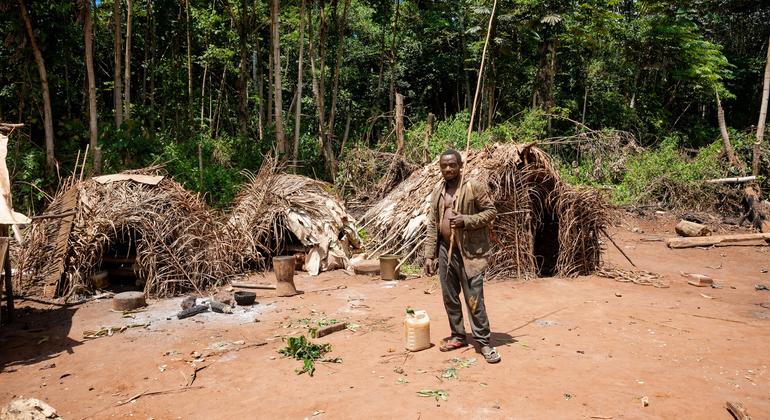The Treaty on Intellectual Property, Genetic Resources and Associated Traditional Knowledge also includes key provisions aimed at protecting the rights of Indigenous Peoples and local communities.
Its approval by consensus, in Geneva, marked the conclusion of negotiations that began in 2001.
“Today we made history in many ways. This is not just the first new WIPO Treaty in over a decade but also the first one that deals with genetic resources and traditional knowledge held by Indigenous Peoples as well as local communities,” said Daren Tang, the agency’s Director-General.
“Through this, we are showing that the IP system can continue to incentivize innovation while evolving in a more inclusive way, responding to the needs of all countries and their communities.”
Carefully calibrated solution
Guilherme de Aguiar Patriota, Brazil’s Permanent Representative to the World Trade Organization (WTO), president of the Diplomatic Conference adopting the Treaty, highlighted the achievement.
It represented “a very carefully balanced outcome” of the Conference, he said.
“It constitutes the best possible compromise and a carefully calibrated solution, which seeks to bridge and to balance a variety of interests, some very passionately held and assiduously expressed and defended over the course of decades.”

Genetic resources, found plants and crops, are often utilized in research and inventions.
About the treaty
The Treaty mandates that, where a patent application involves genetic resources, the applicant must disclose the country of origin or source.
If traditional knowledge associated with genetic resources is involved, the applicant must disclose the Indigenous Peoples or local community that provided it.
Genetic resources, found in entities such as medicinal plants and agricultural crops, are often utilized in patented inventions, although they themselves cannot be patented.
The traditional knowledge associated with these resources, conserved and used by Indigenous Peoples and local communities over generations, plays a crucial role in scientific research and the development of new inventions.
Next steps
Once ratified by 15 contracting parties, the Treaty will establish an international legal framework requiring patent applicants to disclose the origin of genetic resources and the associated traditional knowledge used in their inventions.



